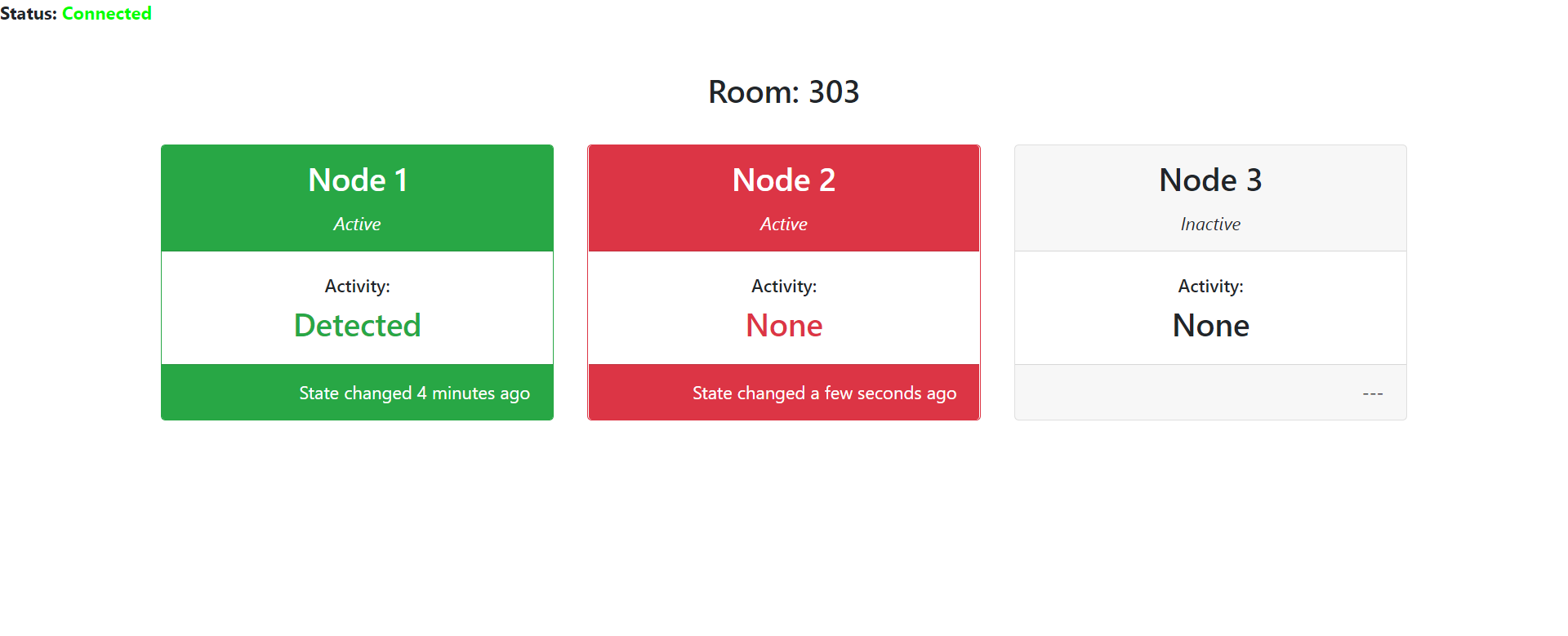Room Occupany Indicating System
A network of small wireless sensors to detect human presence in rooms.
During my internship at Fractal Analytics in December 2017, Chirag (my undergrad classmate) and I were encountered with a problem that the employees faced. Being an open office, there were several meeting rooms on each floor which could be booked whenever an employee requires access to them.
Employees require frequent access to these meeting rooms, but lack of real-time knowledge of its availability leads to inconvenient hassle. The problem was that anyone could book a meeting room and then not use it. Or if someone wanted to have a meeting without booking the meeting room, then they would have to go to each room to check the availability of rooms. The would create a lot of unnecessary hassle and would lead to nonoptimal utilization of the workspace.
The idea was to create a network of sensors placed in each room which could indicate in real-time whether the specified room is occupied or not.

The design solution consists of the following:
- We used a PIR sensor to detect occupancy of the room.
- The sensor is connected to an Atmel microcontroller which relays the information to a central device via radio modules configured in a tree configuration.
- The central device is connected to a PC and it will push the data to the internet via a python script running on the PC.
- All the devices are battery powered, in a small footprint of about 3” by 3”.
- To reduce the power consumption, we used a low dropout voltage, low quiescent current voltage regulator. This improved the quiescent current to 20uA compared to 5mA used by a standard voltage regulator like an LM1117. Also, the dropout voltage improved to 200mV from a typical 2v.
The designed prototype has a polished look with a 3D printed case and the small form factor PCB. The PCB was designed to utilize SMD components to achieve this. All the files and source code can be found at Room Occupancy Indicating Network on GitHub. There’s also a detailed project report included.
We were awarded the Third Prize in Innovatron’18, an inter-college project presentation competition held at Sardar Patel Institute of Technology, Mumbai.



